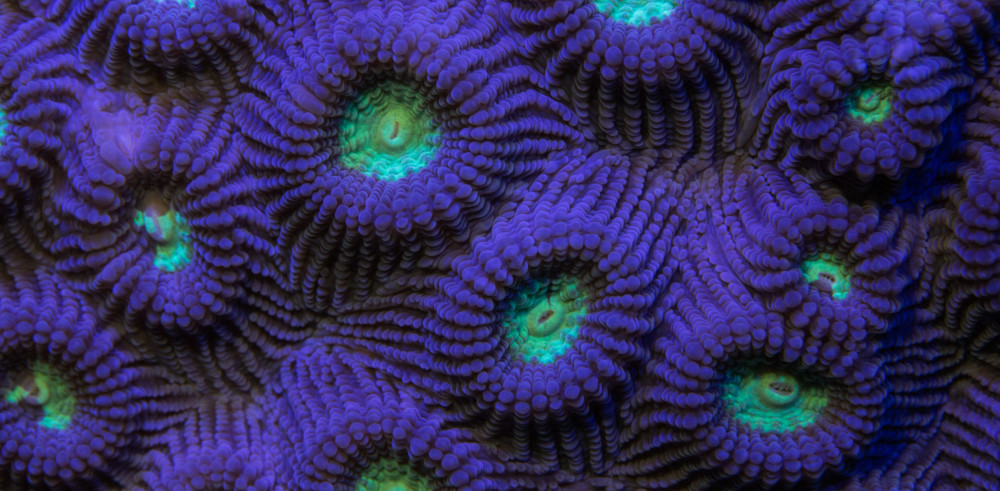The Amami Oshima frog is featured in National Geographic this month for the series ” Wildlife As Canon Sees It “
The Amami Oshima Frog (Odorrana splendida) is considered the most beautiful frog found in Japan. It is only found on Amami Island and is listed as an endangered species. It is one of the many endemic species facing extinction due to habitat loss. This protected species is designated as a living national treasure of Okinawa.
- Scientific name: Odorrana splendida
- Distribution: Amami Island
- Habitat: Forest streams
- Diet: Insects, worms, and millipedes
- Average Size: 90mm-110mm
We were on the Island for a short period of time but managed to see eight Amami Oshima frogs. It rained the entire time but that didn’t stop us, we were on the mission to find the endemic species. I explored the island with Zoologist Valdimir Dinets and bat Scientist Jason Preble. We were fortunate to see the Amami rabbit, Amami Jay, Owston’s woodpecker, Hime habu, Ryukyu robin, Amami woodcock, Amami Spiny rat, Otton frog, Amami tip-nosed frog, Whip scorpion, Wood pigeon, Coral snake, Crocodile newt and the banded ground gecko endemic to Tokunoshima. Below are some of my favorite images of the Amami Oshima frog in it’s natural habitat.
We also found a small pond with Amami Oshima tadpoles.
 Please pay attention wildlife crossing the roads at night.
Please pay attention wildlife crossing the roads at night.
My Mission: To Document and Preserve the Wildlife of the Ryukyu Islands
This site is also designed to help people identify the beautiful animals of Okinawa, basically to serve as an online nature reference guide. If you would like to make a contribution to support my mission, please click on the donation link
Your donations will help conservation initiatives as well as bring solutions to the worldwide pollution issues on our beautiful shorelines. Thank you for your support, Shawn M Miller.
#MakeTheSwitch4Nature










































